These resources are provided to help readers learn about the applications and use of plasma treatment methods for better manufacturing. Please also visit our knowledge base and blog of educational articles.
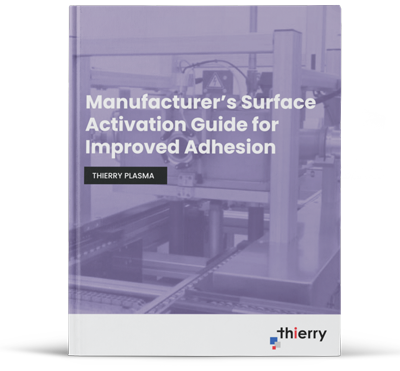 |
Manufacturer’s Surface Activation Guide for Improved AdhesionSurface adhesion is a fundamental factor affecting product quality for any product that is bonded, painted, sealed, printed or coated in any way. Reliable, high quality adhesion is the dynamic interface that ties together two or more different materials that help create a unique product of value. Poor adhesion results in high quality assurance (QA) rejection rates and a product that is often visually unappealing, inefficient, and faulty, requiring expensive production delays, costly reworks, and even recalls. If adhesion is low, product quality is low, and the resulting product value is correspondingly low. No company remains in business long selling low-quality products. |
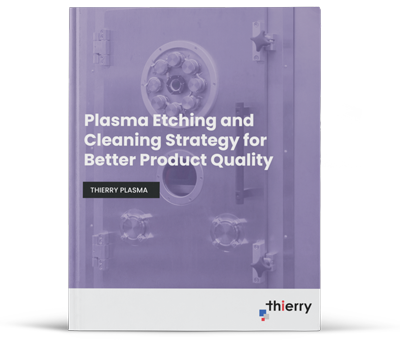 |
Plasma Etching and Cleaning Strategy for Better Product QualitySince the dawn of the digital age, integrated circuit manufacturers have been faced with the challenge of etching increasingly complex circuits on smaller and smaller surface areas. This has given rise to the development of multiple etching technologies as the industry searched for more efficient, effective, and environmentally safe ways to chemically remove layers from a wafer surface to produce high-quality, consistent, and reliable integrated circuits. |
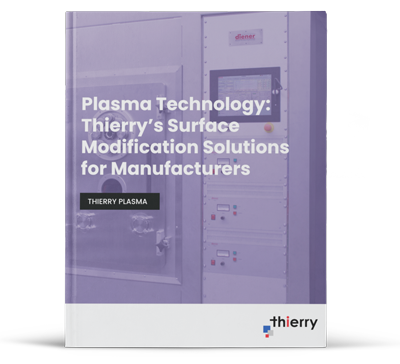 |
Thierry’s Plasma Surface Modification Solution for ManufacturersPlasma and the science behind it is a relatively recent addition to industry’s technology tool chest. And while to some it may sound like the stuff of science fiction, in reality plasma technology is based upon the simple scientific principle that matter changes when energy is applied to it. This eBook provides:
|
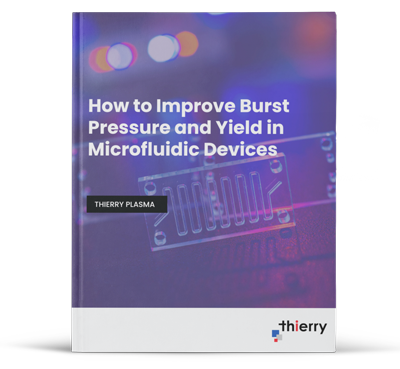
|
How to Improve Burst Pressure and Yield in Microfluidic DevicesPolydimethylsiloxane (PDMS) is a popular material widely used in the manufacture of low-cost microfluidics devices designed for rapid prototyping in research. PDMS, however, requires a surface treatment step to produce strong, conformal bonds between surfaces. Learn how plasma treatment improves burst pressure in PDMS device manufacturing. |
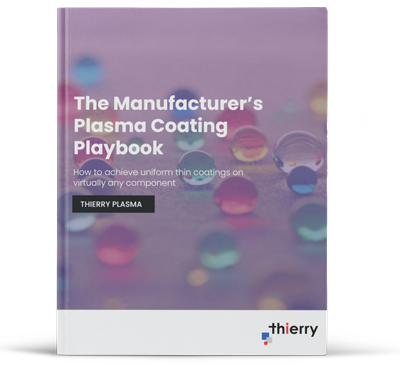
|
The Manufacturer’s Plasma Coating PlaybookPlasma coating is a process that uses plasma to activate the surface of a part during manufacturing, creating chemical bonds between different atoms and depositing the resulting short-string molecules to produce a polymer or glass-like coating. This process produces remarkably thin and uniform coatings on parts, optimizing or changing the surface properties of the base material to produce or enhance desirable characteristics such as the above-mentioned scratch and wear resistance, low friction, and hydrophobic or hydrophilic properties. This eBook will discuss plasma coating technology and how to achieve the optimal thin coating on virtually any component and surface using an environmentally-friendly process that needs no solvents and produces no aqueous toxic waste. |
Plasma: +1 (248) 761 9253
Distribution: +1 (248) 549 8600
Fax: +1 (248) 549 3533
info@thierry-corp.com